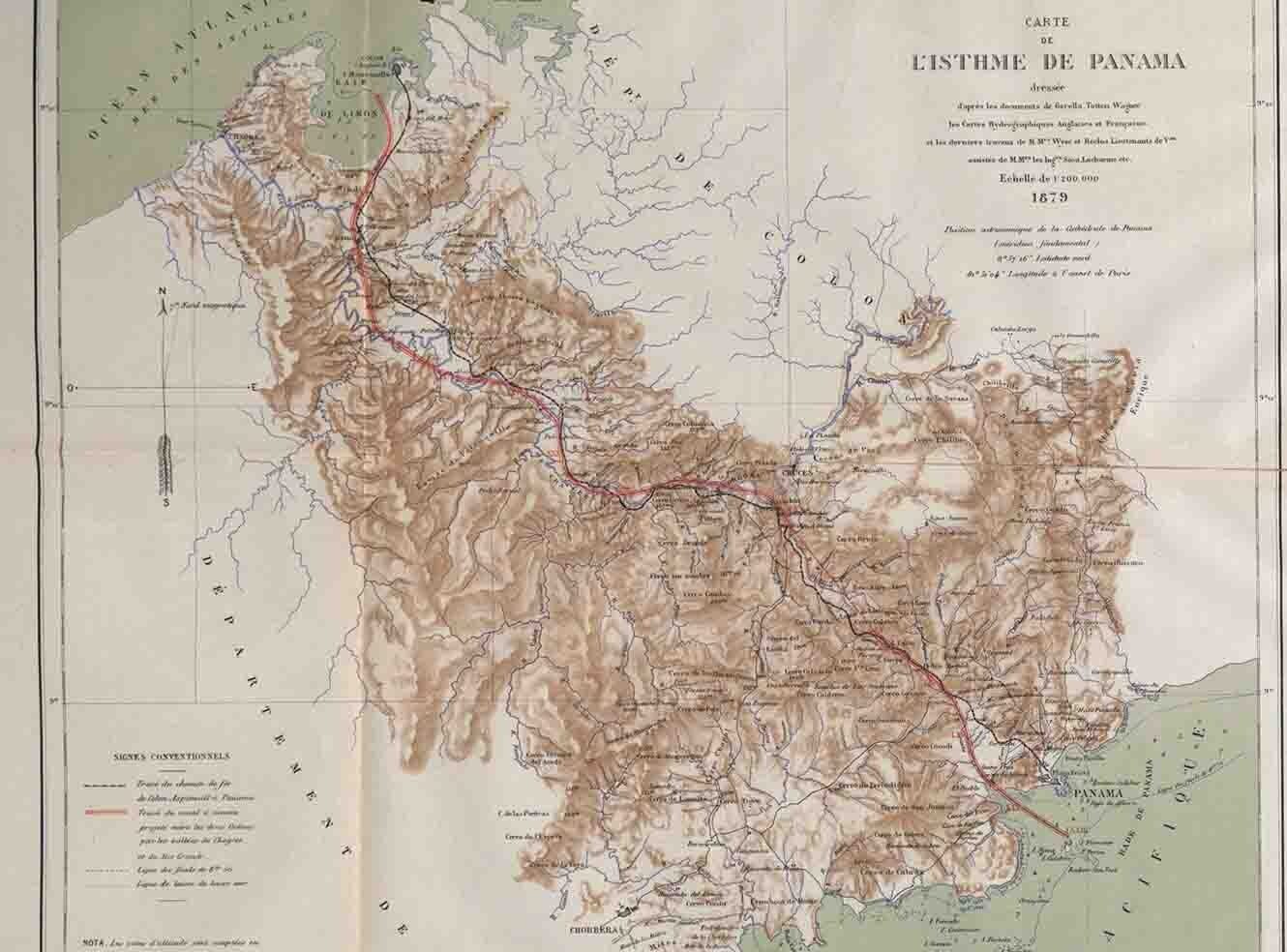Curated image exhibition
Online activity guide, adapted for AM
This activity was developed initially for an undergraduate course on Shakespeare. A primary aim was to engage students, who included majors and non-majors in English, in the generation of knowledge about the multiple and changing significations ascribed to Shakespeare’s plays. This activity may be adapted easily to various courses in not only literature but also other disciplines, like history, theatre arts, and even business and medicine, to provide students with alternative points of entry to core documents.
The secondary aims of this activity were to enhance students’ technical literacy. Awareness of field-specific, primary-source online databases, appreciation of differences between scholarly and non-scholarly resources, and experience citing these resources are skills relevant to students across disciplines.
Module learning outcomes (MLO): by completing this activity, students will be able to:
- Identify online collections (databases) relevant to their field of study.
- Navigate these databases according to different search tools.
- Describe archival materials, including content, form, and origination.
- Apply archival materials to the interpretation of other objects of study.
- Accurately cite archival materials.
- Differentiate and assess open-source and commercial databases.
- Explore the significance of the medium, such as visual depiction and oral recitation, for reception and comprehension.*
- Apply archival research to ongoing areas of study, such as literary genre, critical theory (race, gender, sexuality, etc.), and changes in taste and cultural norms.**
* When teaching Shakespeare, I pair this activity with an oral recitation: Students are assigned or chose a passage relevant to their curated images, and they use Kaltura (Blackboard), Audition (Adobe Creative Commons), or other tools to record their recitations, which they submit using the institution’s LMS.
** This MLO may be fulfilled informally, such as by journaling, or as part of a more formal project.
Technology
How students will access databases and format and submit their exhibitions will vary from institution to institution and instructor to instructor. Be sure to provide students with clear instructions!
Databases
In addition to AM databases, you may direct students to open-access image collections available from, for example, the British Library, British Museum, Folger Shakespeare Library, Library of Congress, New York Academy of Medicine, and Victoria and Albert Museum.
Format/Submissions
Students may format and submit this activity in a number of ways: as a MSWord or Pages document; PDF; PowerPoint or Sway presentation; even a video tour with a printable “program”– any of which may be submitted through LMS, MSTeams, or email.
Activity guidelines (student-oriented)
The purpose of this activity is to give you an opportunity to discover how images of Shakespeare’s plays can illuminate our understanding of the plays, both in the past and in the present. This activity also introduces you to online resources that you can use to advance your study of Shakespeare and other aspects of literary, theatre, and art history. In the process, you will develop both analytical and technical skills that will benefit you beyond this course.
You will use online collections to curate an exhibition of images of A Midsummer Night’s Dream. Your exhibition will have four parts, each of which is worth a portion of 100 total possible points. These four parts are introduced below in the order of their presentation in your final submission. This is NOT the order in which you should approach the activity, though! Instead, start by playing around with the databases. You might already have a point of interest, or you may wait to be struck by something. Ultimately, you will choose 3-5 images of Midsummer that share something in common.
Exhibition title: (5 points) Succinct, accurate, and engaging title that reflects the rationale for your exhibition (see part 4). A main title and subtitle are permissible, but in total your title may be no more than 100 characters, including spaces.
3-5 images from 2 or more databases: (15 points) A selection of images that share a particular feature or element. For example, they may depict the same scene or character, or they may employ the same medium. Points may be awarded for the number of images, diversity of databases, and/or ingenuity of shared features or elements.
Exhibition cards: (40 points) Complete the template below for each image.
Exhibition rationale: (40 points) Describe your exhibition’s organizing principle or connective tissue, then explain how it sheds new light on A Midsummer Night’s Dream. This analytical portion should be 300- 350 words long. It should direct readers to specific details in the images and, if possible, Shakespeare’s play to demonstrate the significance of your exhibition.
About the author
Dr. Marissa Greenberg, Associate Professor of English, The University of New Mexico Contact: marissag@unm.edu
Recent posts

The University of Portland consolidated its digital assets and Scholarly Institutional Repository into a single, unified platform using AM Quartex, addressing inefficiencies and improving user experience. This transformation eliminated information silos, streamlined workflows and significantly enhanced the accessibility and discoverability of digital assets for both administrators and end-users.

Professor María Cecilia Zuleta, a research professor at El Colegio de México (COLMEX) discusses how she has leveraged Confidential Print: Latin America found within the AM Archives Direct series. The resource has been key for the institution, advancing multidisciplinary research, allowing in-depth exploration of the links between foreign trade, economic modernisation, and the rise of fossil-based economies.
